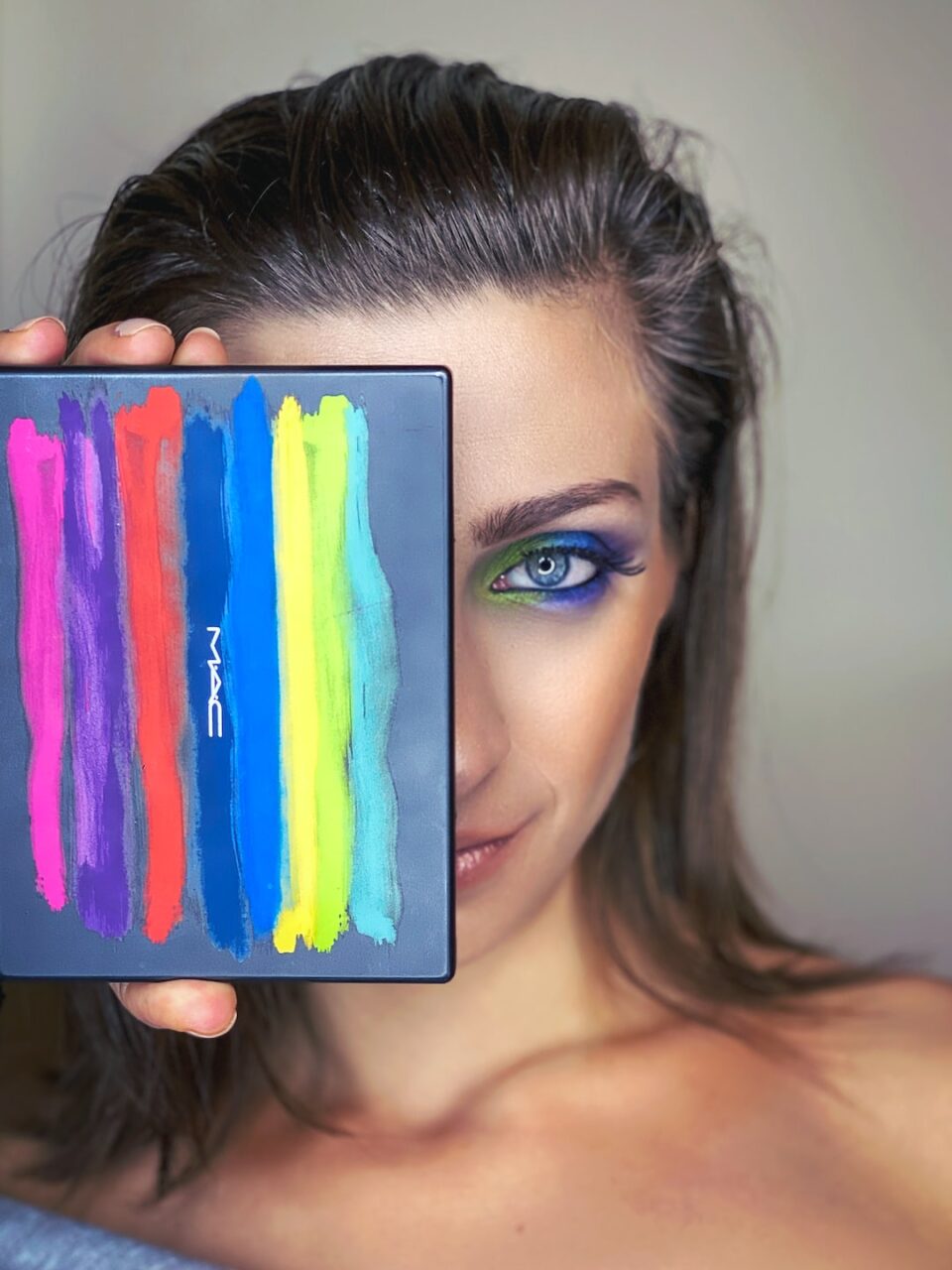Beauty has been defined and portrayed in a certain way for as long as we can remember. The media bombards us with images of flawless, unattainable beauty standards, making us believe that unless we fit into a certain mold, we are not beautiful. However, it is time to break these beauty stereotypes and embrace diversity in cosmetics.
Cosmetics have always played a significant role in enhancing our beauty and self-expression. However, it has also perpetuated the notion that there is only one standard of beauty. Brands have been guilty of showcasing a limited range of skin tones, body types, and gender representations in their advertisements, leaving a large portion of the population feeling excluded and unrepresented.
Fortunately, times are changing. In recent years, there has been a notable shift in the beauty industry, with more brands embracing diversity and inclusivity. They are stepping up to cater to a wider range of skin tones, disabilities, body shapes, genders, and cultural backgrounds. This has allowed individuals who were previously marginalized to feel seen and represented in the world of beauty.
One of the ways in which beauty brands are embracing diversity is through their shade ranges. Many cosmetic companies are now expanding their range of foundation shades, addressing the needs of various skin tones. This move has empowered individuals of all ethnicities to find a shade that suits their complexion, making them feel acknowledged and valued.
Furthermore, brands are now actively seeking out models that represent a broader range of identities. They are featuring individuals with disabilities, different body types, and varying gender expressions in their campaigns. This is not only empowering but also helps to normalize and celebrate the diversity that exists within our society.
Inclusivity in cosmetics goes beyond just skin deep. Brands are now also challenging beauty norms by promoting self-acceptance and encouraging individuals to embrace their unique features. They are showcasing real people with flaws, scars, and imperfections, and celebrating the beauty in authenticity. This shift is not only refreshing but also sends a powerful message that beauty is not limited to a specific set of traits or characteristics.
It is important to acknowledge the progress being made in the beauty industry, but we must also remember that there is still work to be done. While some brands are actively working towards inclusivity, others continue to lag behind. As consumers, we can make a difference by supporting and demanding diversity in the products we purchase. By doing so, we are sending a clear message to brands that inclusivity is not just a trend but a necessity.
Breaking beauty stereotypes and embracing diversity in cosmetics is not just about selling products; it is about empowering individuals and redefining what beauty means. It is about celebrating our differences rather than conforming to outdated standards. Let us continue to push for a more inclusive and diverse beauty industry, one that recognizes and values the beauty in every individual.


